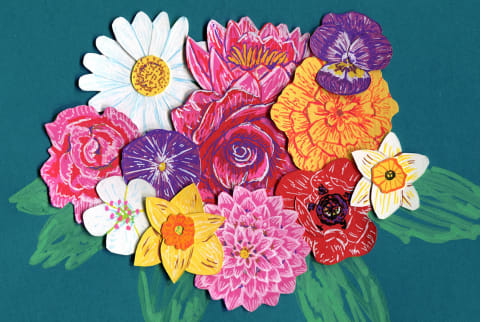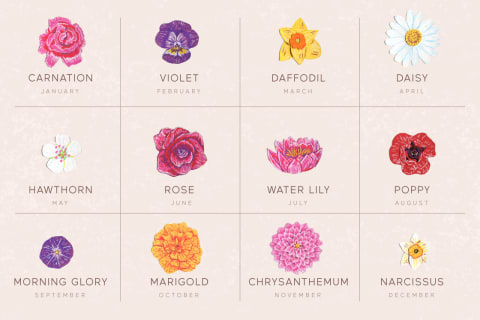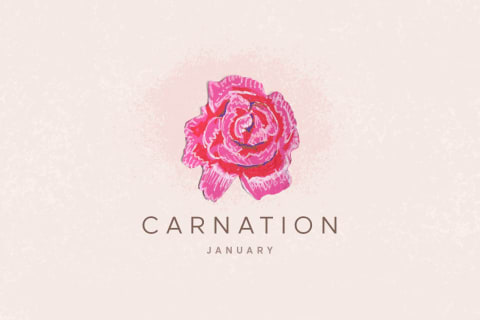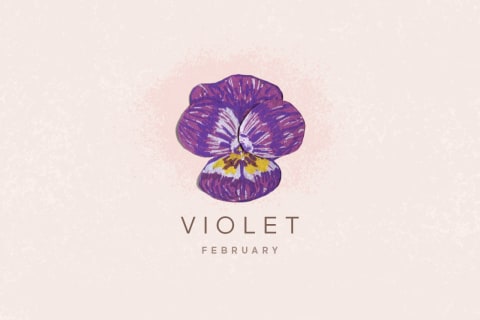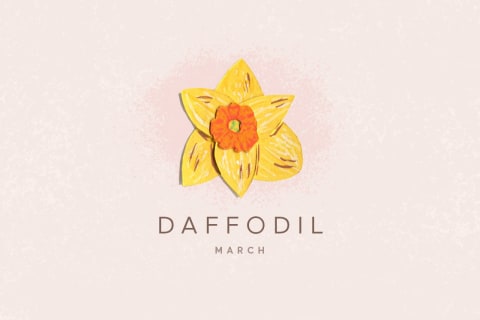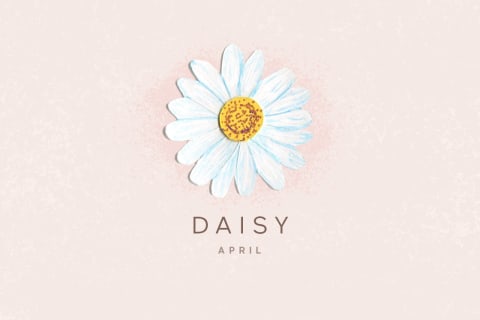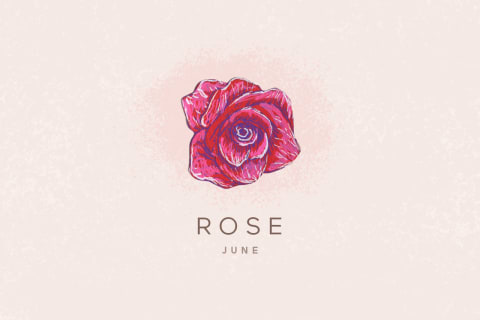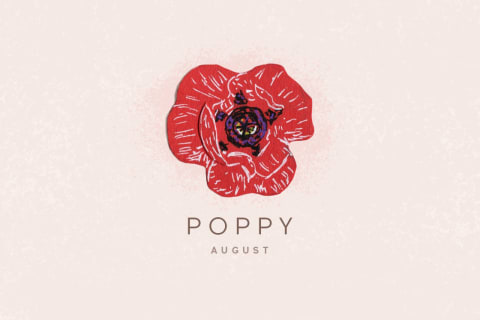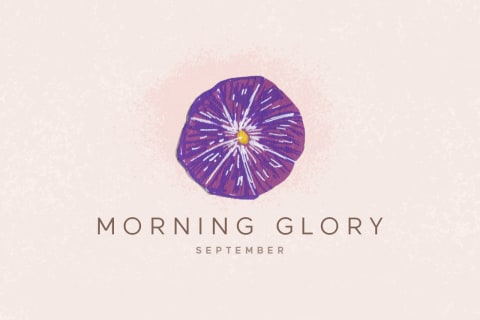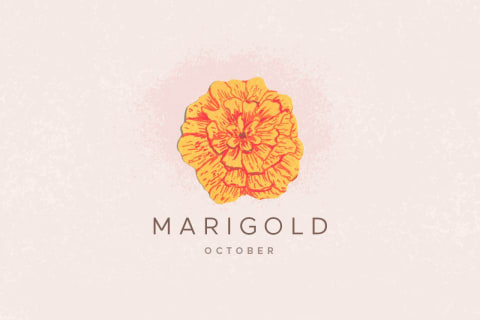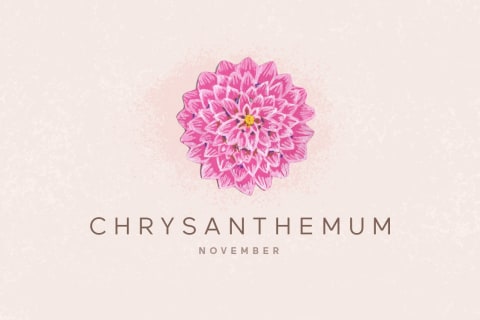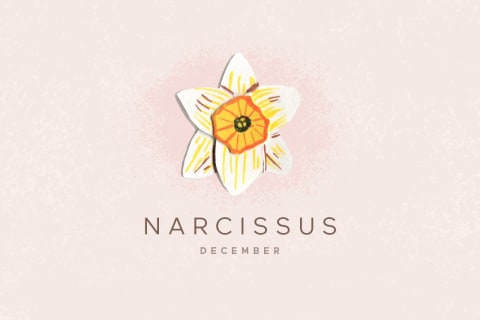Read on to find out what your birth month flower is, plus what it might say about you. Back then, flowers were used as decorations or given as gifts as a way to honor birthdays. As the “language of flowers” evolved in the 18th century and into the 19th century, certain flowers were used to send discreet messages through their various unspoken meanings. Fast-forward to today, and each month still has at least one beautiful bloom to its name. Here’s a quick overview of each birth month’s flower—plus what it symbolizes and how to enjoy its gifts: Red carnations, for example, symbolize love, while white represents purity. Interestingly, yellow means rejection. The name of this flower is thought to come from the Roman word “corone,” which means “flower.” It has a long history of medicinal use and is thought to represent loyalty, as well as courage, wisdom, and faith. These little flowers are able to withstand harsh conditions, making them the perfect flower for midwinter. And just as spring represents new beginnings, rebirth, and joy, so do daffodils. They can also symbolize unrequited love and chivalry. These flowers open up at the first sign of sunlight, aptly named “daisy” from the Anglo Saxon “day’s eye.” Daisies are thought to represent innocence, purity, and the keeping of secrets. “It’s most known for its actions on the heart, both physically and energetically,” she tells mbg, noting that its less common name, “crataegus” is derived from Greek, kratos for “strength” and akis for “sharp,” thanks to its thorns. “The Mayflower got its name from hawthorn, which symbolized hope, love, and intimacy,” she adds. Robinett tells mbg that this flower is one of the most widely used, accessible, and versatile herbal remedies on earth. Red roses represent love, orange roses represent passion, and yellow can mean friendship (or jealousy). White ones represent, you guessed it, purity, and pink represents softer emotions like admiration. These flowers are also known as Nymphaea, which comes from the Greek word nymph, aka a feminine spirit that inhabits rivers and woods. Like most of the white flowers we’ve mentioned, this is another one that represents purity but also majesty. Nowadays, poppies are often used to honor those lost in battle, though they have different historical meanings. Red, for example, represents pleasure, while white is consolation, and yellow is success. Robinett tells mbg poppies have mild sedative effects and can be incorporated into relaxation rituals. They’re aptly named “morning glory” because they open up very early in the day and close up pretty early in the afternoon. Robinett notes that research has found morning glory to have a variety of healthy1 properties, containing vitamins, minerals, and amino acids. They have an array of meanings, from grief and sorrow to jealousy to love and passion, depending on the context in which they’re given. And according to Robinett, in herbalism, they’re “versatile, gentle but very effective, and an absolutely beautiful flower to consume in any form—but especially as a tea.” Generally, mums are thought to symbolize friendship, joy, and positivity, though they’re another example of a flower that has different meanings depending on their color. (Red almost always means love, and white almost always means purity.) They represent sweetness, and giving them to someone suggests you think they’re wonderful just as they are. From their rich symbolism to their beauty to their soothing properties, it’s no wonder bouquets of flowers have stood the test of time as the perfect presents. Editor’s Note: This article was originally published on January 7, 2022. A previous version of this article misspelled registered herbalist Rachelle Robinett’s name. We have since updated this article with the correct spelling.


